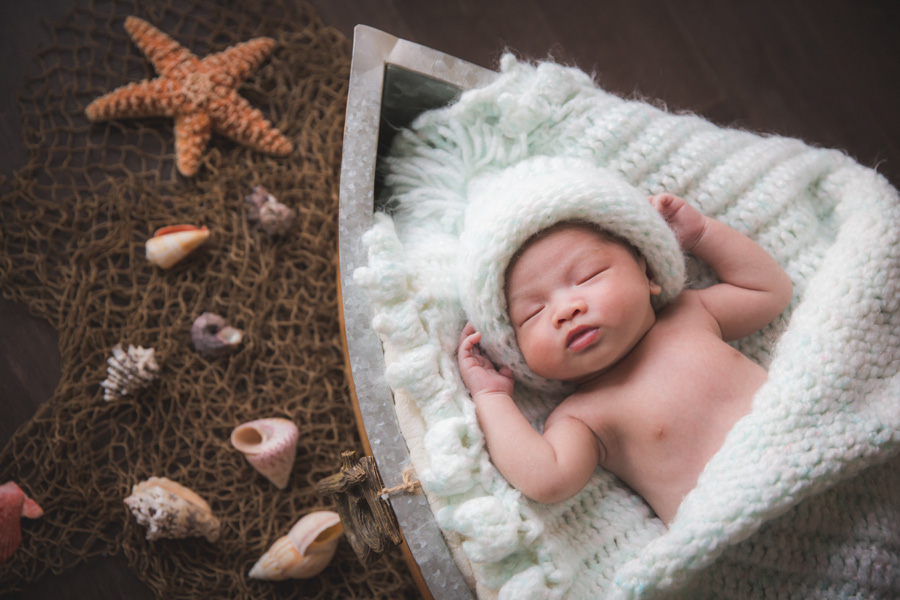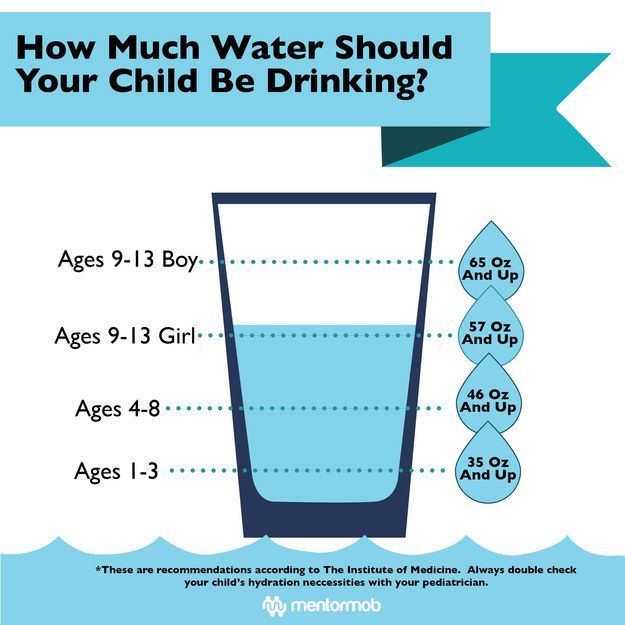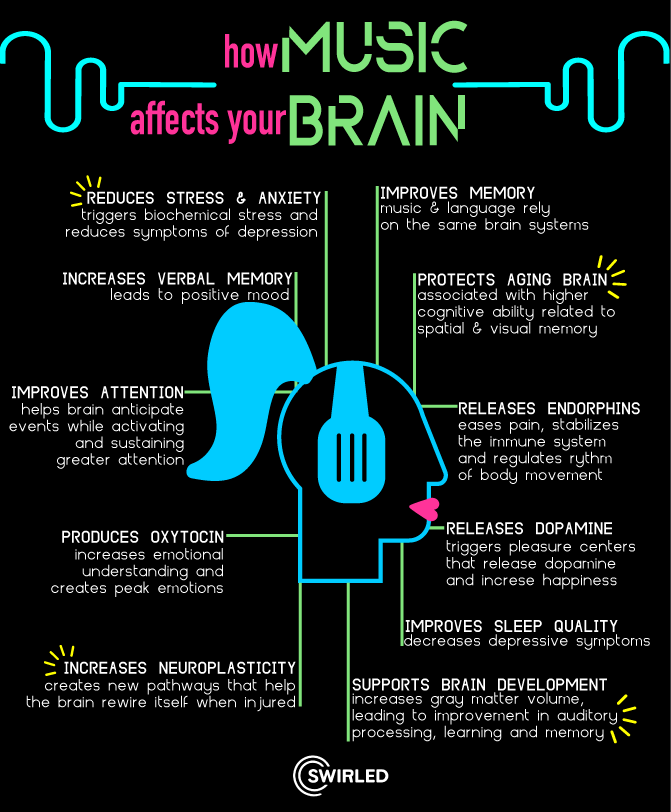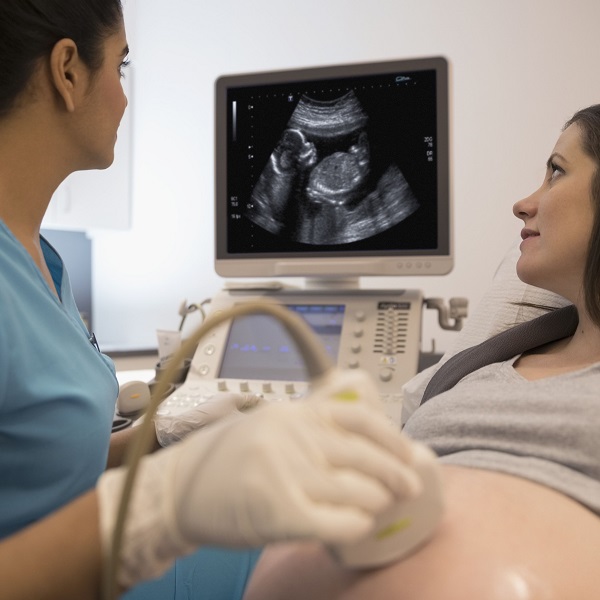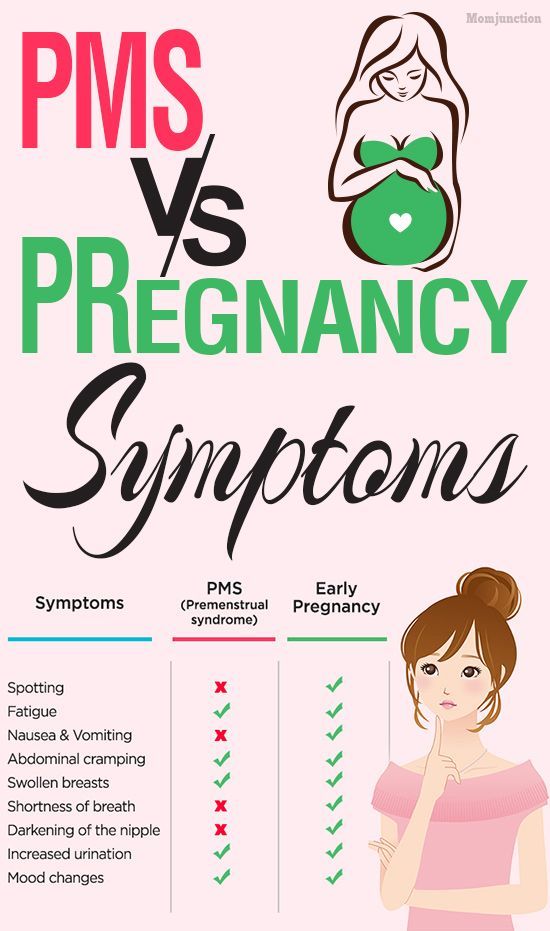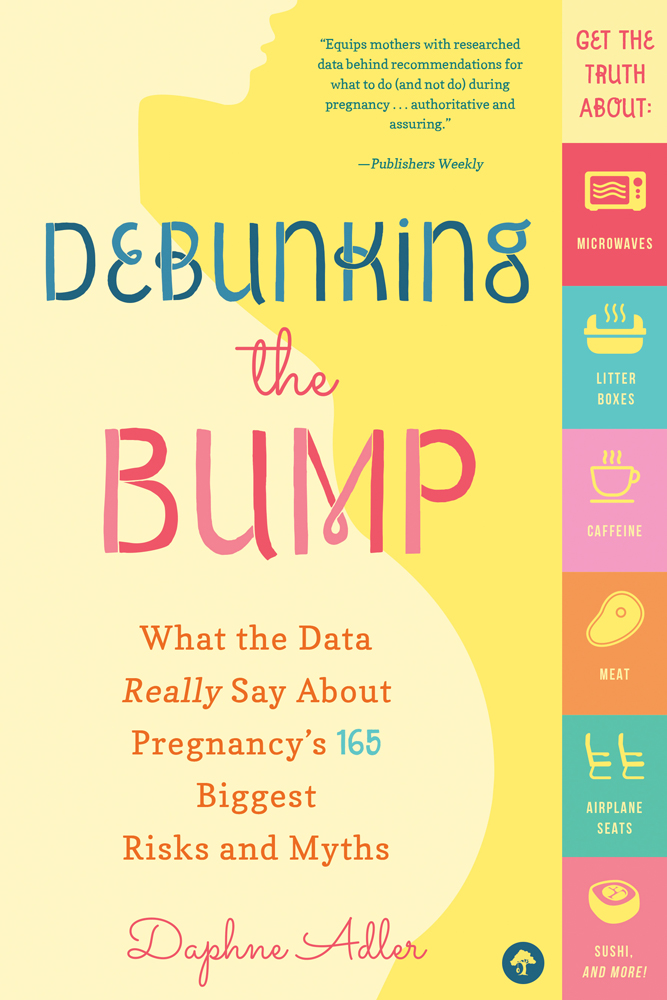Bringing newborns outside
When Can Newborns Go Outside? Safety and More
Hello, fresh air and sunshine! Exiting the hospital with your new baby can be a magical moment. Unfortunately, it may also leave you with a sense of panic as you realize that your little one is now entering into the real world.
You may have heard from a friend or family member that newborns shouldn’t be outside for the first couple of months of their lives. Is this true? Should you really keep your baby inside for the first 6 to 8 weeks after birth?
If your anxiety is rising just thinking about this, don’t worry!
We understand that being a new parent can be overwhelming, so we’ve gone through the research to help answer all your questions about taking your newborn out and about for the first time.
Most pediatric health experts agree that babies can head outside right away, as long as you use basic safety precautions. (More on those to come, so keep calm and read on!)
Generally speaking, there’s no need to stay inside with your little one for the first 1 or 2 months of baby’s life if you both feel up to getting out. In fact, some fresh air and sunshine can benefit you both, thanks to vitamin D and mood-boosting benefits.
One exception to keep in mind, though, is that some doctors prefer you wait a bit before taking your little one into crowded spaces where they may be exposed to high levels of germs — especially during COVID-19 surges.
It is true that your newborn’s immune system is still developing and may struggle to fight off infections.
There are precautions you can take, though — like hand washing and physical distancing — to minimize the chance of your little one developing an illness.
For most infants, taking typical safety precautions while outside is sufficient to keep them safe.
In rare cases where your child has a health condition that makes their immune system particularly susceptible to germs, your doctor may advise you to take extra precautions. These can include staying at home during periods of specific concern.
If you’re ready to take your little one outside, you’ll want to make sure to follow appropriate safety measures.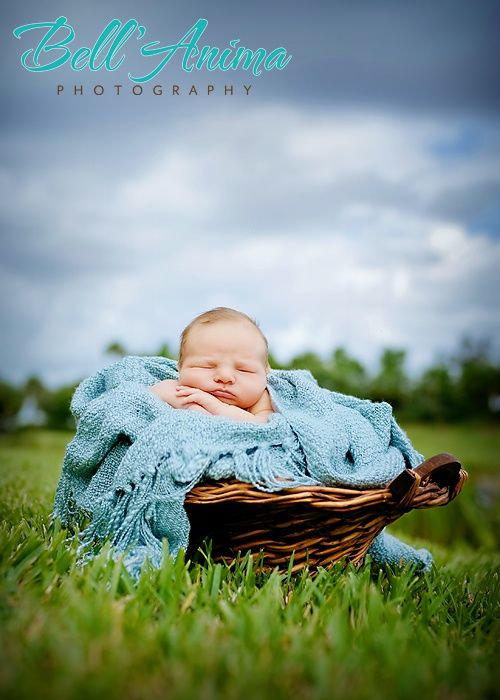 These include:
These include:
Dress them in weather-appropriate clothing
Double-check baby’s outfit to make sure it’s weather appropriate. You’ll probably also want to have a spare outfit or blanket packed, in case of an emergency change or if extra layers are needed.
A general rule of thumb is to dress your baby for the weather and then add one extra layer. You’ll want to check to make sure they’re comfortable throughout the outing as well.
Have a sun-protection plan
A little sunshine can be nice, but baby skin burns easier, so you’ll want to make sure that it’s covered with clothing and a sun hat or hidden in the shade.
Because infants are at a greater risk of sunscreen side effects, the Food and Drug Administration (FDA) and the American Academy of Pediatrics recommend keeping infants in the shade and out of direct sunlight. However, in a pinch it may be OK to apply small amounts of sunscreen to exposed skin. Just consult with your pediatrician first if your baby is younger than 6 months old.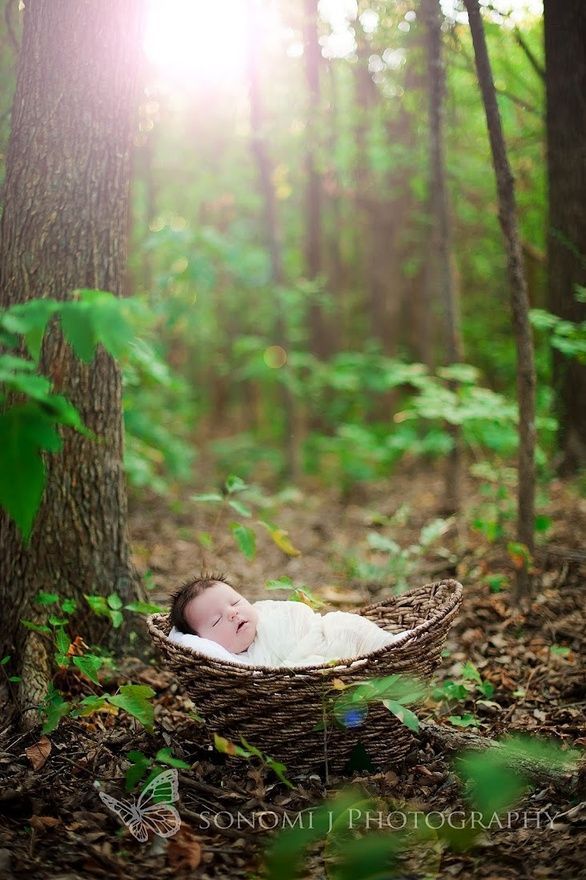
Avoid crowds
Crowded places like malls, airplanes, or pools mean that there’s more chances for germs to spread.
Especially in light of the COVID-19 pandemic, many experts encourage parents to avoid these places with their newborns.
If possible, it’s also best to avoid places like the grocery store and indoor restaurants where ventilation may be poor and you might have trouble physical distancing from other people.
Wash your hands — and make sure others do, too
Ensure that anyone who touches your baby has washed their hands. No one showing any symptoms of illness should come in contact with your newborn.
You may even wish to teach young siblings to touch only baby’s toes or back and not their hands or face. This may help reduce the risk of spreading germs.
Limit visitors
It might be hard to say no when well-meaning family and friends want to visit baby, but it’s good to limit who is allowed around your newborn.
Again, because of COVID-19, many experts are suggesting restricting visitors around you and your newborn until the pandemic improves.
Use a baby carrier
Babies can be irresistible! But wearing baby in a baby carrier rather than using a stroller can keep your little one close and help prevent other people from touching (or kissing!) them.
There are some times when you’ll want to think twice before loading baby into their car seat or stroller. You may wish to stay inside your home if:
- Extreme weather conditions are occurring. Mail carriers may brave wind, snow, sleet, and hail, but your newborn should avoid extreme temperatures and being outside in bad air quality whenever possible.
- Your child has a medical condition. If your newborn has special medical needs that leave them particularly susceptible to germs, you’ll want to consult with their doctor before taking them out and about.
- It’s peak sunlight hours. The middle of the day can be an especially hard time to find shade and protect your baby’s skin. For this reason, you may wish to avoid excessive time outside when the sun is at its strongest.
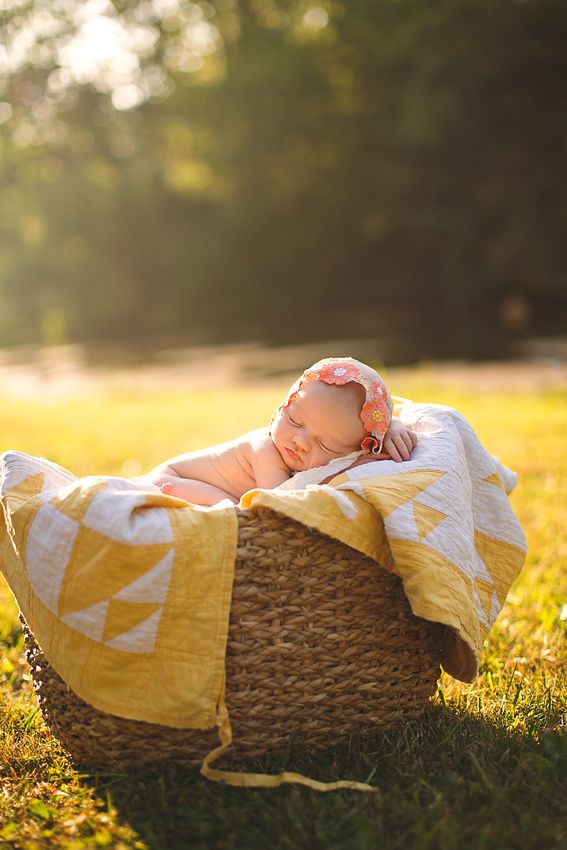
If you do need to go outside with baby for any reason, especially in warmer weather and for longer periods of time, be sure to bring plenty of breast milk or formula to keep them hydrated.
Most doctors agree that there’s no need to wait until your baby is 1 or 2 months old to take them out and about. However, you also shouldn’t feel pressure to do it before you’re ready.
Newborn babies can seem so delicate, you might want to put them inside a bubble of protection (or at least never let them see sunlight).
The truth is some sun protection, weather-appropriate clothing, and distance from crowds will probably be enough to keep them safe.
If you have any questions about taking your newborn outside or if your infant has special medical circumstances to consider, you should never hesitate to speak with your child’s pediatrician.
When Can Newborns Go Outside?
It’s super-rewarding to experience new things with baby, and going outside together is no exception.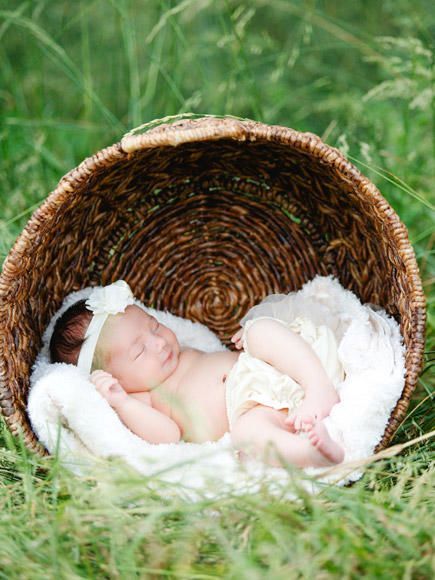 Of course, picking that first pumpkin at the patch or heading to the playground sprinklers might seem far in the future when you’ve got a shiny newborn to keep you company—but there are plenty of ways to enjoy the great outdoors together right from the start. Wondering when newborns can go outside? Here, we’ll give you the scoop on exactly how to get baby out and about safely and happily—and when it’s okay to do so.
Of course, picking that first pumpkin at the patch or heading to the playground sprinklers might seem far in the future when you’ve got a shiny newborn to keep you company—but there are plenty of ways to enjoy the great outdoors together right from the start. Wondering when newborns can go outside? Here, we’ll give you the scoop on exactly how to get baby out and about safely and happily—and when it’s okay to do so.
In this article:
When can a newborn go outside?
Safety tips for taking newborns outside
When not to take babies outside
When Can a Newborn Go Outside?
If you’ve just given birth and are yearning for some fresh air, you may be itching to ask: “When can I take my newborn outside?” We’ve got good news for you: It’s okay to take baby outside right from birth. Laura Purdy, MD, MBA, a hospitalist at Williamson Medical Center and Chief Medical Officer at OpenLoop, says you can and should do it whenever you feel ready. “As long as your baby is healthy and the pediatrician did not share any cautions with you that would prevent the baby from going outside, it’s safe anytime!” she adds.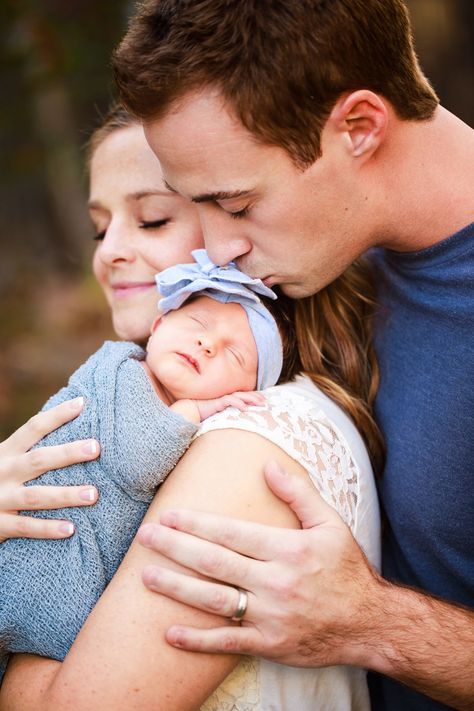
If the prospect of heading outside with your newborn feels daunting, start with a leisurely walk. You can use the stroller or wear baby in a carrier. Going for a stroll or having your next feeding session on a park bench is a great bonding experience and a nifty way to get some fresh air and vitamin D.
When can a newborn go outside in public?
As for taking baby out to public places, it’s recommended that you avoid bringing them into congested spaces, if possible—at least until they’ve had their first round of vaccinations. “Infants under a few months old don’t have their first immunizations (to protect against whooping cough, polio, pneumococcal diseases, etc.) and their immune systems are immature, so it’s important to avoid crowded areas,” says Meghan Martin, MD, a pediatric emergency medicine doctor at Johns Hopkins All Children’s Hospital in St. Petersburg, Florida. It’s precautionary, though, and there’s no definitive rule. Of course, while some pediatricians recommend waiting a few weeks before taking baby into stores, restaurants and on public transit, you know very well that the grocery shopping isn’t going to do itself.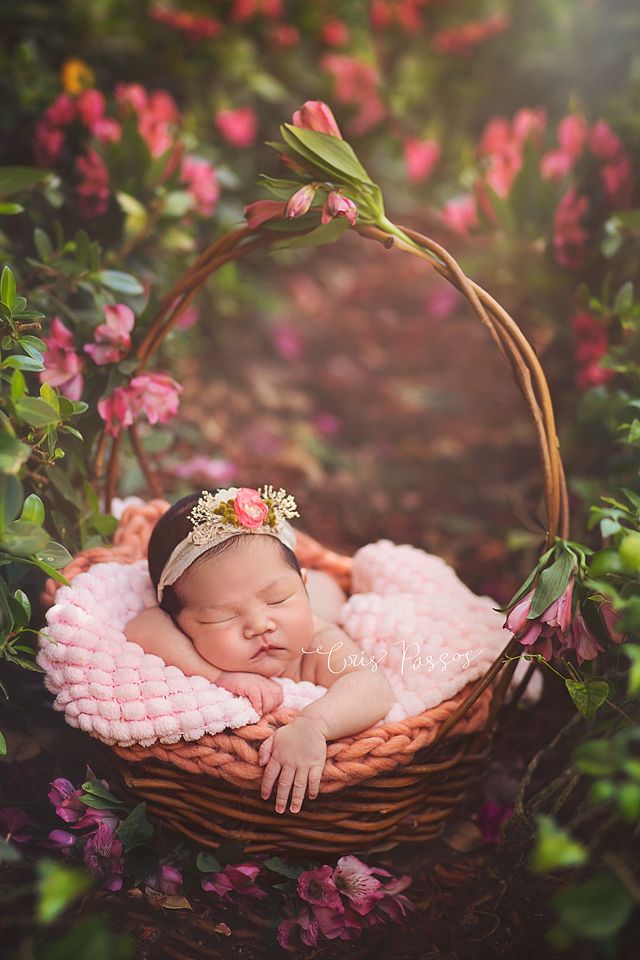 Sometimes, taking a newborn out before 6 weeks of age isn’t a matter of choice—it’s a necessity. Use your best judgment and take some steps to keep your little one healthy and happy (more on that below).
Sometimes, taking a newborn out before 6 weeks of age isn’t a matter of choice—it’s a necessity. Use your best judgment and take some steps to keep your little one healthy and happy (more on that below).
Purdy notes that your doctor may advise against taking baby out in public if they have a compromised immune system, due to a severe illness, such as cancer, or chronic conditions like Type 1 diabetes or cystic fibrosis. “Babies that are born very prematurely or have a lengthy NICU stay could be recommended to hold off from public appearances while they’re growing and developing their immune systems,” she adds.
Safety Tips for Taking Newborns Outside
Use some common sense and follow your instinct when taking your newborn outside. If it’s too hot or too cold, go back indoors. Regardless of whether you’re just doing some laps in the neighborhood or heading into town, there are a few tips you should keep top of mind to make those first outings pleasant and safe:
- Keep baby out of direct sunlight.
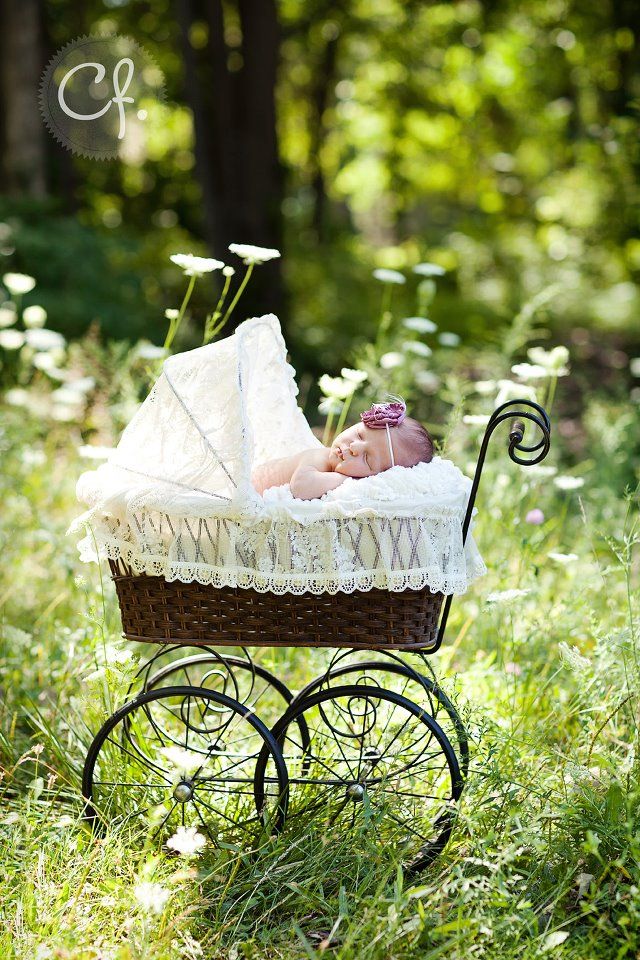 Put a wide-brimmed hat on baby and bring a light blanket to help shade them from the sun. Babies 6 months and older can use sunscreen.
Put a wide-brimmed hat on baby and bring a light blanket to help shade them from the sun. Babies 6 months and older can use sunscreen. - Dress baby appropriately. In warm weather, dress your little one in loose, comfortable clothing. In colder temps, consider a fleece-footed sleeper to avoid exposing baby’s skin to cold and wind. If it’s particularly nippy, a baby carrier can offer added warmth.
- Avoid insects and mosquitoes. Martin notes that babies 2 months and older can use 10 to 30 percent DEET insect repellent. In the meantime, you’ll want to avoid woodsy areas or other insect-prone spaces.
- Monitor baby closely. Babies can’t regulate their temperature like adults and older children can, so it’s important to watch for signs of overheating (or alternatively, of being too cold), says Martin. If they’re flushed and irritated, they may be too hot, says Martin. If baby is shivering or has cold hands and feet and pale skin, time to warm up inside!
- Be conscious of germs.
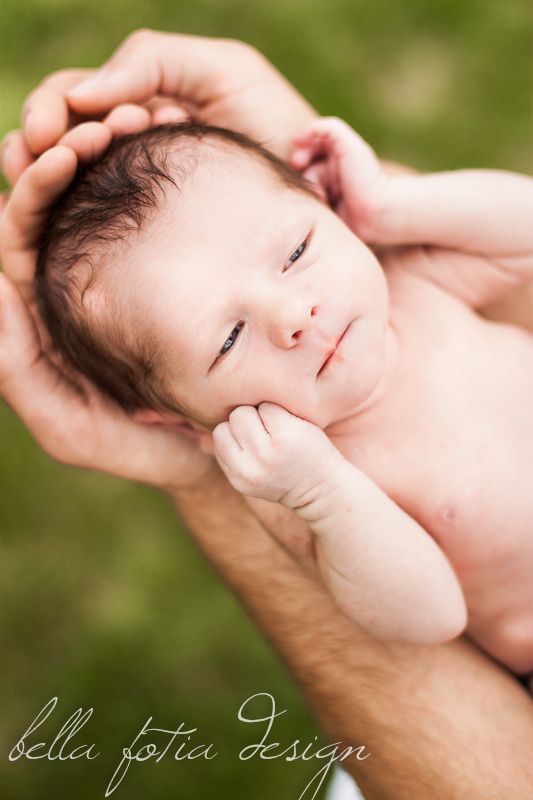 If you’re out in public, maintain social distance and try not to let people to get too close or touch baby. A baby carrier can keep your newborn nestled on your chest and deter curious strangers from getting handsy (win-win!). While you’re being germ-cautious, she recommends washing your hands frequently—and wiping down baby’s hands too!
If you’re out in public, maintain social distance and try not to let people to get too close or touch baby. A baby carrier can keep your newborn nestled on your chest and deter curious strangers from getting handsy (win-win!). While you’re being germ-cautious, she recommends washing your hands frequently—and wiping down baby’s hands too! - Pack the essentials. If you’re running an errand with baby in tow, make sure you have the basics packed—diapers, wipes and a spare change of clothes will regularly come in handy.
- Don’t hang bags from the stroller’s handles. Going for a stroll with your newbie? Martin warns that adding too much weight to the handles of your stroller can cause it to tip, creating a potentially dangerous situation for baby.
When Not to Take Newborns Outside
There’s nothing quite like getting outside with your new little one. After all, there’s so much to see and explore! But there are certain times when venturing out is not advisable.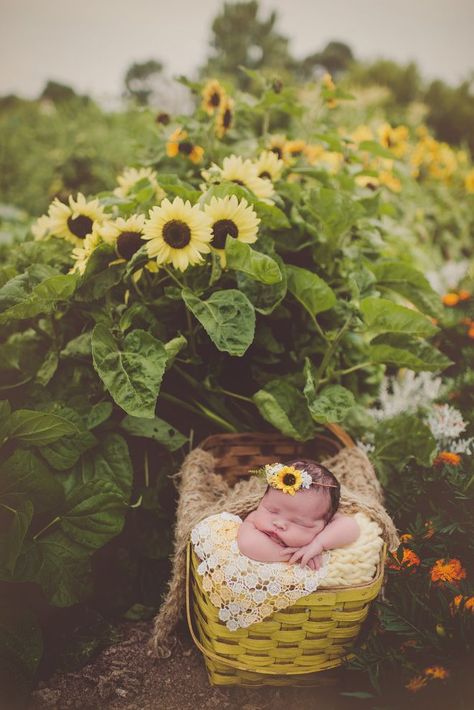 Martin recommends avoiding trips in these circumstances:
Martin recommends avoiding trips in these circumstances:
- When there’s severe weather or the threat of severe weather
- On very hot days when the UV index is at the highest point of the day (between 10 a.m. and 4 p.m.)
- When you know you’ll be outside for extended periods of time
- Martin also says to “use caution” if baby is sick
If baby has an underlying condition that compromises their immune system, talk to your pediatrician about the types of outdoor activities and errands you should and shouldn’t be doing together.
Taking your newborn on outings can be exciting (and daunting!), but a change of scenery can be good for both of you. Take it one step—and one outing—at a time. Soon, you and your little companion will be ready to go all sorts of places together.
About the experts:
Meghan Martin, MD, is a pediatric emergency medicine attending physician at Johns Hopkins All Children’s Hospital in St.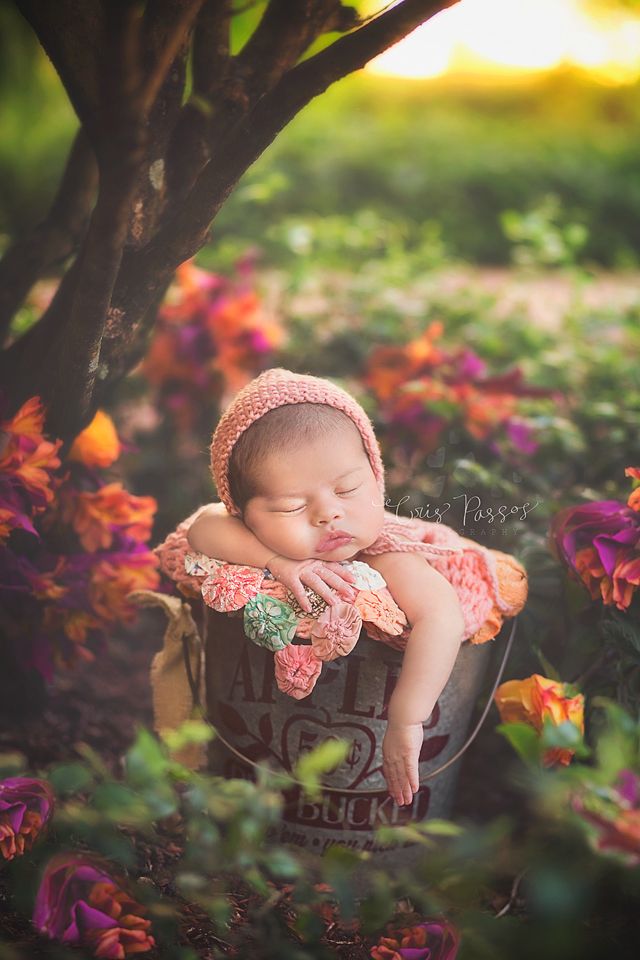 Petersburg, Florida. She earned her medical degree from Florida State University in Tallahassee, Florida.
Petersburg, Florida. She earned her medical degree from Florida State University in Tallahassee, Florida.
Laura Purdy, MD, MBA, is a hospitalist at Williamson Medical Center and chief medical officer at OpenLoop. She earned her medical degree from Uniformed Services University of the Health Sciences in Bethesda, Maryland.
Please note: The Bump and the materials and information it contains are not intended to, and do not constitute, medical or other health advice or diagnosis and should not be used as such. You should always consult with a qualified physician or health professional about your specific circumstances.
Plus, more from The Bump:
10 Weird (but Totally Normal) Things About Your Newborn
Baby Milestones: What Baby Will Do When
Everything You Need to Know About Breastfeeding in Public
When can you walk with a newborn and what time is it
PreviousNext
- When can you walk with a newborn if he was born in the summer?
- When to start walking with a newborn if he was born in winter?
- When can I go for the first walk with a newborn if he was born in spring or autumn?
- How long can you walk with a newborn?
- What are the dangers of walking with newborns?
- How to dress a baby for a walk?
- How to make sure that the baby is comfortable on a walk?
Contents:
Many mothers imagine how they will walk with their baby even during pregnancy.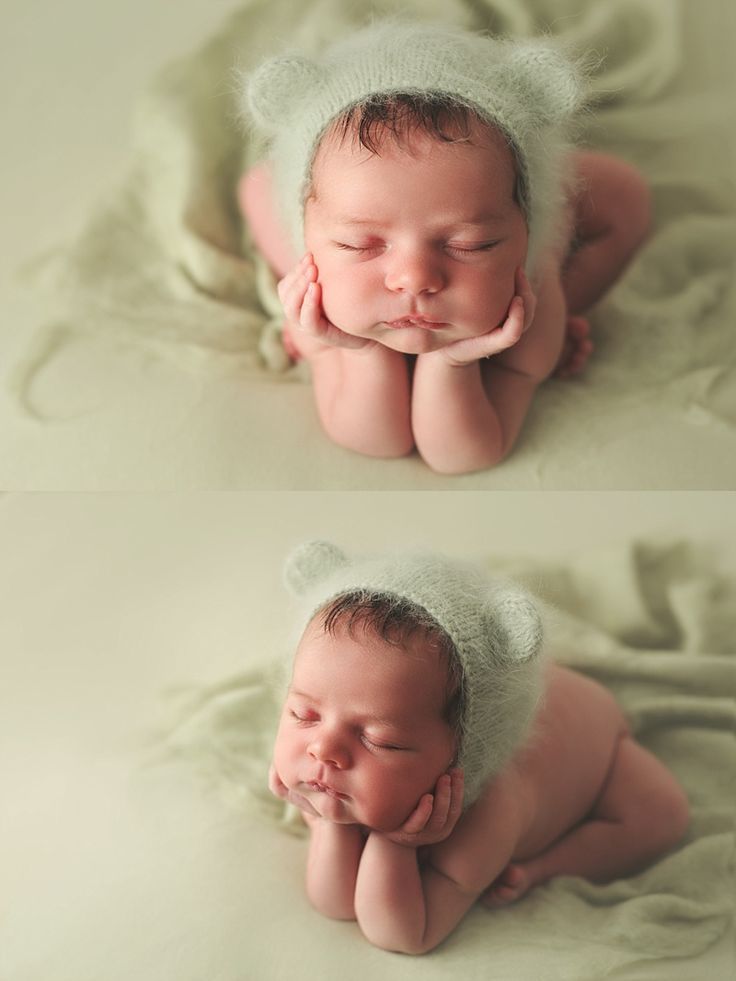 And they have everything ready for this: a stroller is waiting, a lot of tiny clothes have been bought for all occasions, routes have been chosen. It remains only to understand when you can go for the first walk with a newborn and how long it should be. The answers to these questions depend on the season and some other factors.
And they have everything ready for this: a stroller is waiting, a lot of tiny clothes have been bought for all occasions, routes have been chosen. It remains only to understand when you can go for the first walk with a newborn and how long it should be. The answers to these questions depend on the season and some other factors.
At first glance, this question seems strange and illogical. "What do you mean why? It's useful!" many will exclaim. But what exactly is the benefit of going outside with a tiny child? Let's deal with this, and it will become easier for us to decide on the main thing - when to go for the first walk with a newborn.
4 in 1: soft, absorbent, breathable, hypoallergenic! All these are new smart diapers Huggies Elite Soft
Is it true that on a walk the baby gets new impressions and broadens his horizons? Yes, but not in the first month of life, when the child understands little, sees poorly and sleeps almost all the time.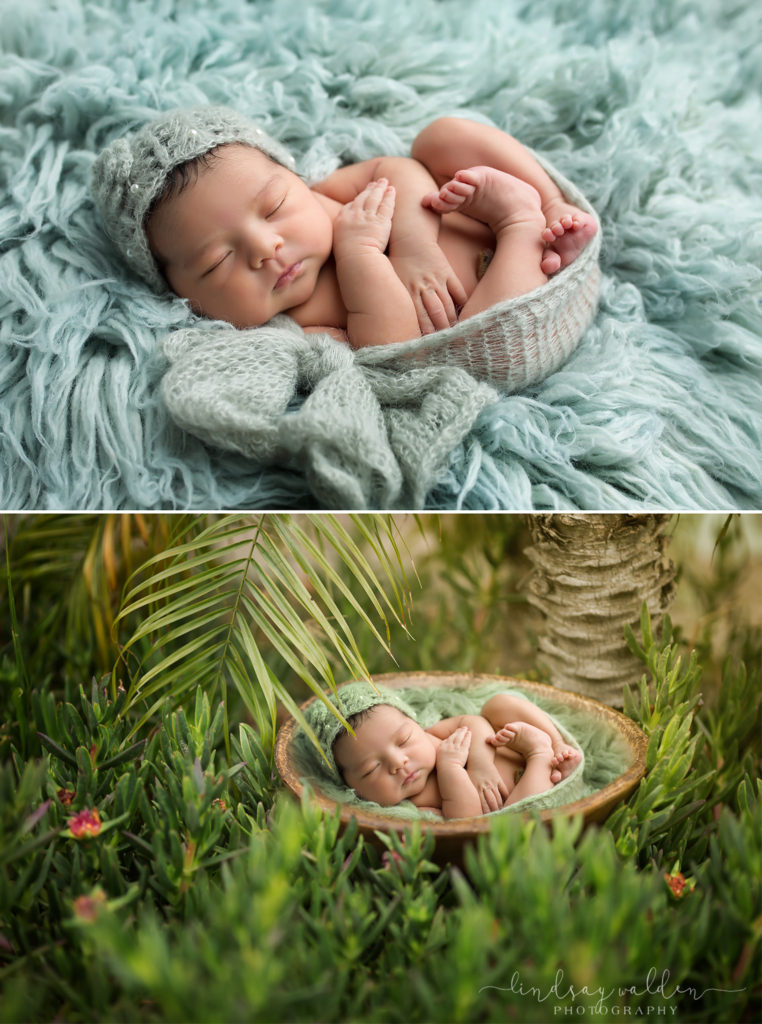 Maybe the street hardens the body of the crumbs? Also not: the thermoregulation of the newborn is imperfect 1 , and he does not know how to adequately respond to the challenges of the external environment. It turns out that walking with newborns has only one benefit - to breathe fresh air. But can't you ensure fresh air in the apartment by regularly airing the children's room?
Maybe the street hardens the body of the crumbs? Also not: the thermoregulation of the newborn is imperfect 1 , and he does not know how to adequately respond to the challenges of the external environment. It turns out that walking with newborns has only one benefit - to breathe fresh air. But can't you ensure fresh air in the apartment by regularly airing the children's room?
What temperature for a baby to maintain at home - read here.
Walking in the first month after the hospital does not give the baby any benefits for physical and mental development. Perhaps, the mother, who is tired of sitting within four walls, is more interested in them, she wants to get a little distracted from the domestic routine. So the question is not at what age the baby needs to walk, but when his mother will finally be able to go outside without worrying about the child's health.
If you don't want to go for a walk in the first month, you don't have to. But if you can't wait to arrange a debut "going out" for your baby, we will give you some recommendations.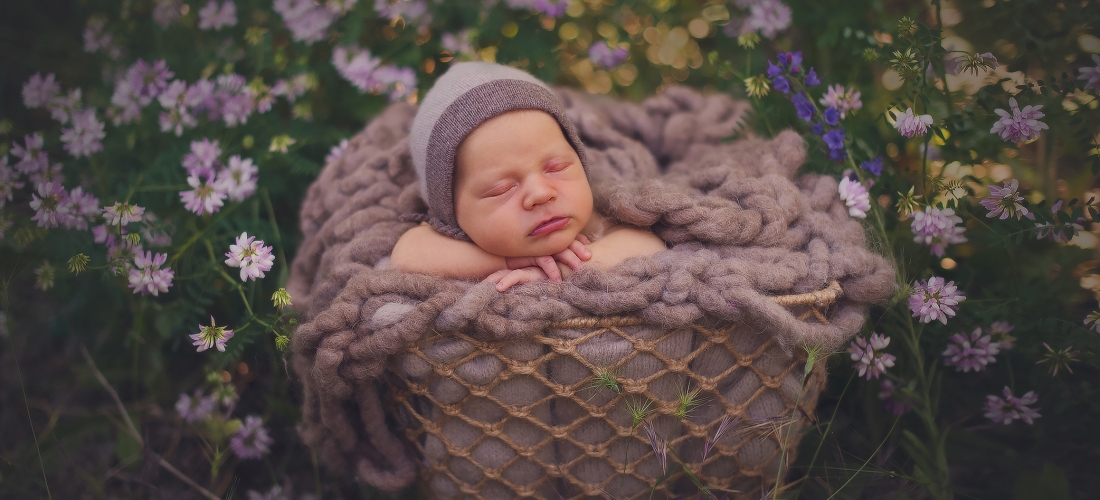
When can you walk with a newborn if he was born in the summer?
Summer is the most favorable time for walking. It's warm and sunny outside, so I really want to introduce the baby to the world. When, finally, can a newborn walk after the maternity hospital, if the weather is wonderful outside? Take your time, wait at least 7 days before the first exit to the street.
In the meantime, settle down at home and set up a schedule. How to create home comfort for the baby, we tell here.
Good to know
Drive away annoying flies and mosquitoes from the body and especially from the open face of the baby. If insects are very annoying, use a mosquito net. Some strollers already have it in the kit, for others you can buy it separately.
Remember that the bright summer sun, which pleases the baby's parents so much, can be dangerous for him 2 . Do not go out for a walk during the day when the air is very hot and the walls of the stroller instantly become hot.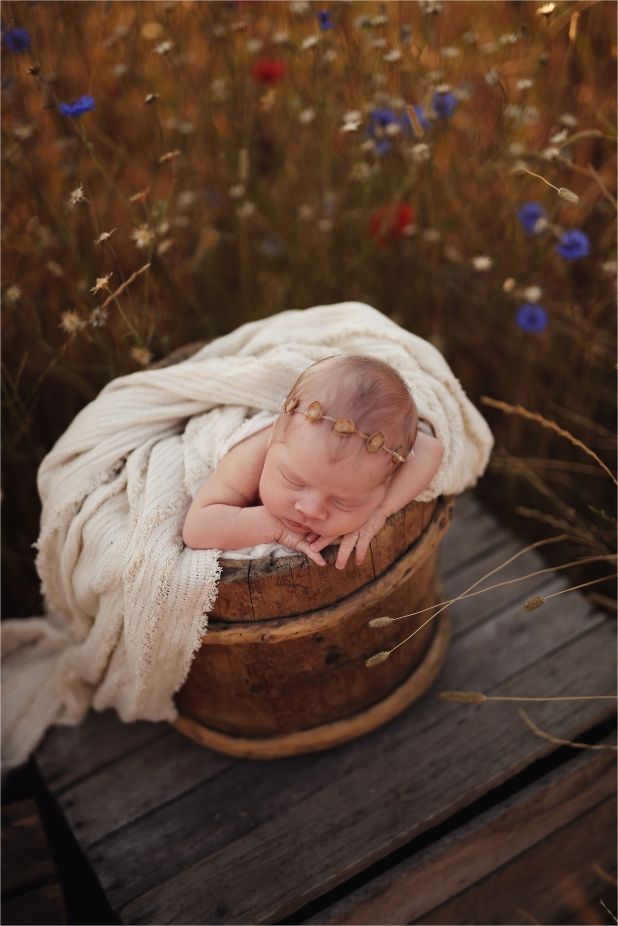 Go for the first walk with your newborn in the morning or in the evening when it's not so hot outside. And for now, make sure that direct sunlight does not fall on the skin of the crumbs.
Go for the first walk with your newborn in the morning or in the evening when it's not so hot outside. And for now, make sure that direct sunlight does not fall on the skin of the crumbs.
When to start walking with a newborn if he was born in winter?
The answer to the question on what day they walk with a newborn in winter depends heavily on the weather. Firstly, you should not go outside if the thermometer drops below -10 °C. It is desirable to take into account both humidity and wind, i.e. pay attention not only to the actual temperature, but also to the “feels like” item in the weather forecast. Secondly, do not go for a walk if there is heavy snow on the street, especially with a stroller: rolling it along uncleaned paths is still a pleasure. Thirdly, wait out the ice at home: you should not tempt fate when there is a risk of falling yourself and dropping the child.
Good to know
Often, on winter walks, mothers cover their babies' faces with a scarf.
This is the wrong decision: the moisture in the exhalations of the crumbs condenses on the tissue, which makes it cold and wet, and the skin can freeze faster. Do not worry, the respiratory system of the baby is able to cope with frosty air.
If the weather is favorable to you, you can go outside with your baby a couple of weeks after arriving from the hospital. But if it goes bad in the next days, stay at home. Walking with newborns is not a training course that cannot be interrupted.
When can I go for the first walk with a newborn if he was born in spring or autumn?
The weather in the off-season is deceptive, and this is its main danger: when you left the entrance, it was warm and sunny, until you reached the park - the sky was overcast, and the wind picked up. Walking with newborns at this time requires special preparation. Dress your child so that you can quickly remove one layer of clothing if it gets warmer. Take a blanket with you in case it suddenly gets cold. The first exit to the street can be planned in a week and a half after the birth of the baby.
The first exit to the street can be planned in a week and a half after the birth of the baby.
Good to know
There are special rain covers for prams, and this is a very useful invention for walking in the off-season. But remember: a raincoat is just an emergency measure against unexpected bad weather, which will allow you to run to the entrance. you can’t walk for a long time under a raincoat - it creates the effect of a greenhouse in the stroller, increasing the temperature, humidity and limiting the flow of fresh air.
Evaluate the weather soberly! don't go for a walk if it's nasty autumn rain outside. Stay at home if spring streams are flowing along your favorite walking paths. Remember that you need to take care not only about the well-being of the baby, but also about the health of his mother. If you miss a few exits to the street, nothing bad will happen. But if you go for a walk against all the elements, and then get sick, many things can be at risk, in particular breastfeeding.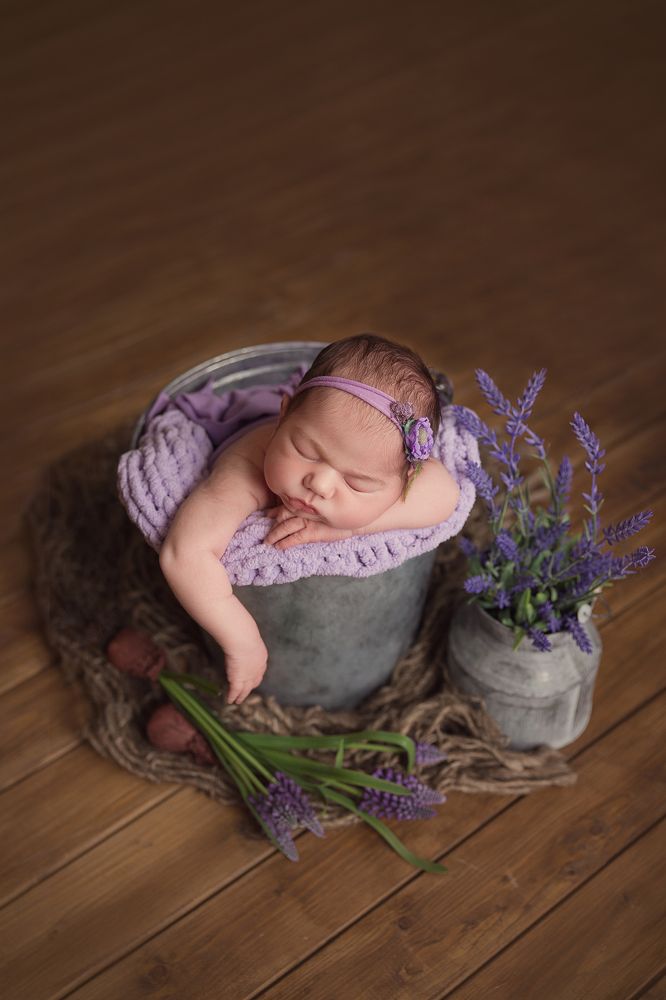
How long can you walk with a newborn?
You should not immediately go outside for a long time. The first walk with a newborn should last no more than 15 minutes in summer or in good weather in spring and autumn. In winter, it is better to start with 5 minutes. Gradually increase your walking time by 10-15 minutes.
Good to know
At first, your exits to the street will be very short. You can spend more time rolling out and preparing the stroller, putting the baby in it, and then putting it back "into the parking lot" than on the walk itself. To solve this problem, temporarily abandon the stroller and take the baby outside in a sling.
Do not listen to advice that there is a minimum duration of walks that must be observed. Walk as much as you feel comfortable! some mothers go out with the baby for only an hour, others make a couple of exercises a day for a total duration of three hours or more.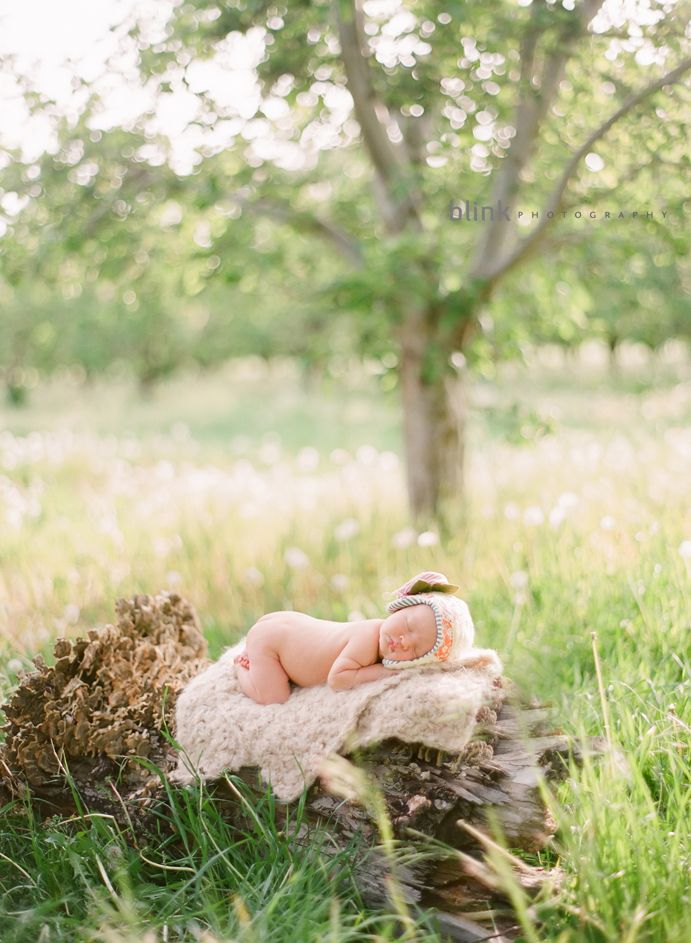 Choose a mode that is comfortable for you and your child.
Choose a mode that is comfortable for you and your child.
In bad weather, walks with newborns can be transferred from the street to the balcony. For the first few “walks”, do not leave the baby, later you can start leaving him alone on the balcony under the supervision of a baby monitor. When the child learns to roll over, walks on the balcony should be stopped - he may fall out of the stroller.
What are the dangers of walking with newborns?
Thinking about the benefits of walking, many mothers forget that they carry a number of dangers:
-
Subcooling or overheating. Due to the wrong choice of clothes, a sudden change in weather and other factors, the baby may freeze or overheat. Be sure to check how your baby is feeling every 10 minutes.
-
Sleep disturbance. During walks, children often sleep. Quite crumbs fall into "anabiosis" due to unusual temperature and increased oxygen concentration, but later the baby may develop a conditioned reflex: sleep requires a street and a slight swaying.
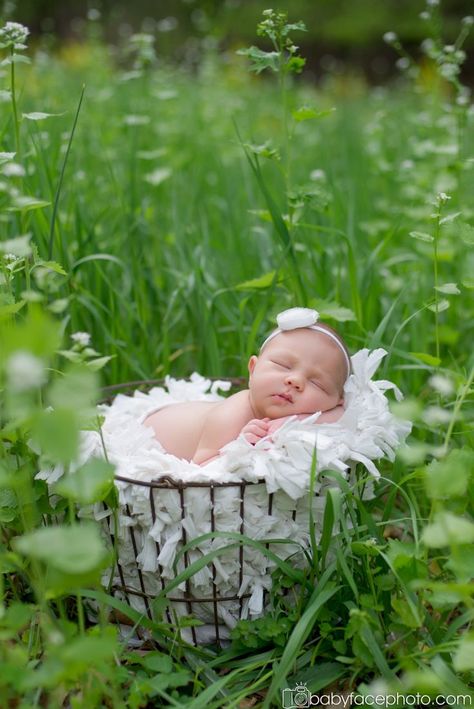 This situation is potentially dangerous in that it will be difficult for the child to be put to bed at home, and he will begin to give you sleepless nights. Make sure this doesn't happen. When walking with a grown-up little one, communicate with him more, and strictly observe the sleep schedule at home.
This situation is potentially dangerous in that it will be difficult for the child to be put to bed at home, and he will begin to give you sleepless nights. Make sure this doesn't happen. When walking with a grown-up little one, communicate with him more, and strictly observe the sleep schedule at home. -
Difficulties with feeding. Newborns often want to eat, and doing it outside can be problematic, especially in winter. Plan walks between feedings, and if you fed the baby right before going out, do not forget to give him the opportunity to burp.
-
Difficulty changing a diaper. Changing a diaper on the street today is not a problem. Just tear the side seam, remove and close the used diaper, wipe baby's skin with wet huggies, then put on a new diaper. But this scheme only works in good weather in summer. You can't change your baby's clothes when it's cold outside!
If during a walk you see that the child is naughty, crying, feels bad, do not torture the baby and return home.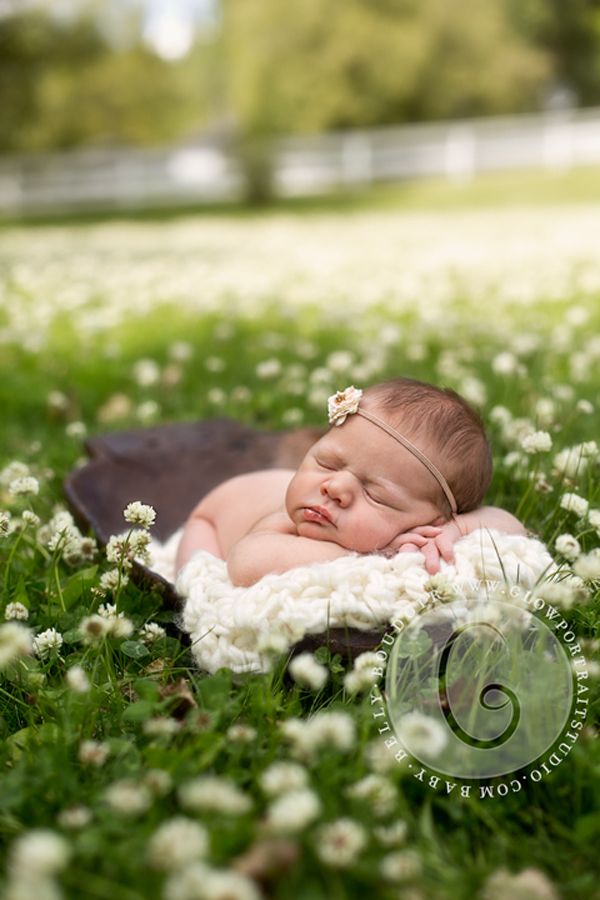 Even if they didn’t walk until the allotted time.
Even if they didn’t walk until the allotted time.
How to dress a baby for a walk?
For the previous nine months, the baby lived in a warm and, most importantly, constant climate. He had nowhere to practice thermoregulation, and now it is difficult to cope with temperature changes from room to street. So you have to help him with this. When going for a walk with a newborn, follow the following rules:
-
Dress your baby in layers, and it is always better to choose two thin ones instead of one thick one. If the child overheats, simply remove the outermost clothing. And in case the baby gets cold, take a blanket with you - it will become a spare layer.
-
Don't wrap your baby too much. To ensure the necessary comfort on a walk, follow a simple formula: the child should have one layer more clothes than his mother. Do not forget that the envelope and the stroller cover also count.
-
Going for a walk with a newborn, some mothers carefully dress the baby, and then begin to pack themselves.
 Do not do this: when the baby lies in street clothes in a warm apartment, he quickly overheats.
Do not do this: when the baby lies in street clothes in a warm apartment, he quickly overheats.
How do you make sure your baby is comfortable on a walk?
Many mothers and, it seems to us, all grandmothers without exception are very afraid that the baby will freeze. At the same time, they usually do not have the fear that the baby will be hot. But in vain: overheating is more dangerous for the child's body than hypothermia.
On the first and subsequent walks with the newborn, periodically check how he feels. It is completely pointless to touch the nose or forehead of the crumbs - the temperature of open areas of the body is highly dependent on weather conditions. There is a more reliable way: put your hand under the baby’s clothes (if it’s cold outside, warm your hand first) and touch the back of his neck:
-
Cabbage Rule
Dress your baby in layers, and it is always better to choose two thin ones instead of one thick one.
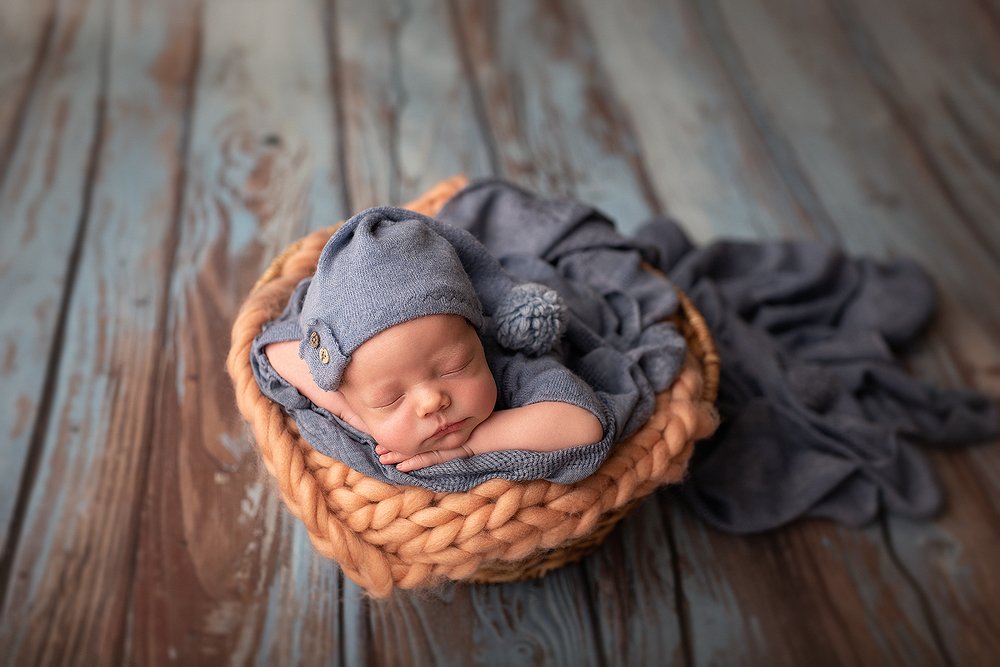 If the child overheats, simply remove the outermost clothing. And in case the baby gets cold, take a blanket with you - it will become a spare layer.
If the child overheats, simply remove the outermost clothing. And in case the baby gets cold, take a blanket with you - it will become a spare layer. -
+1 layer rule
Don't wrap your baby too much. To ensure the necessary comfort on a walk, follow a simple formula: the child should have one layer more clothes than his mother. Do not forget that the envelope and the stroller cover also count.
-
"Mom gets dressed first" rule
Going for a walk with a newborn, some mothers carefully dress the baby, and then begin to pack themselves. Do not do this: when the baby lies in street clothes in a warm apartment, he quickly overheats.
Sources:
-
Warmth and Temperature Regulation.
-
Sun Safe Babies.
Follow us on Yandex Zen
The first walk with a newborn: how much to walk and what to wear » Happy Child
For the healthy and harmonious development of the baby, it is important for parents to know when they can go for the first walk with a newborn how to properly dress a baby and how long you can stay outside.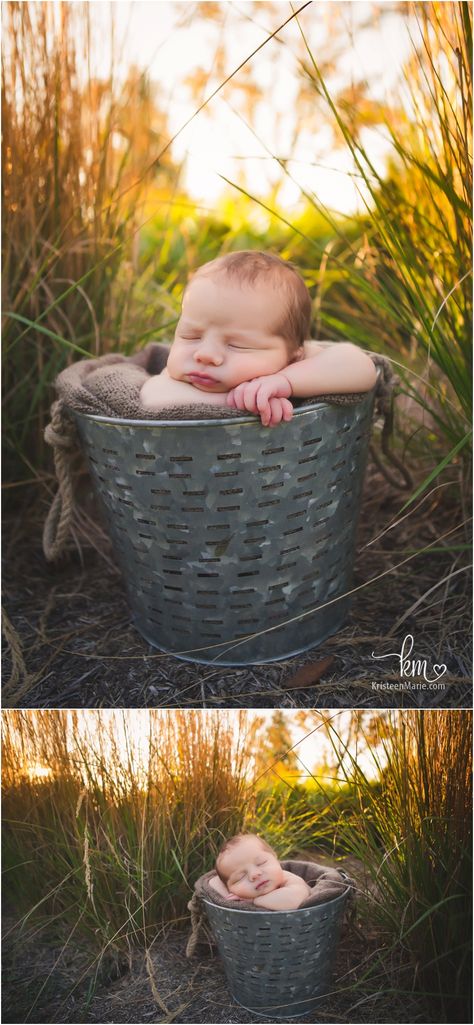
How to prepare for such an event - in our material.
When can you go outside with your baby after childbirth?
The appearance of a little man in your life is the most important event in the life of any family. Along with the first joys come the first worries: how to feed the baby, how to bathe, how much you can walk.
For a child to grow up healthy and strong, it is necessary to be in the fresh air. Outdoor trips improve blood circulation and appetite, promote sound sleep, and sunbathing saturates the body with vitamin D.
The first walk with a newborn after discharge should be planned no earlier than a week after you have returned from the hospital. This is true for summer, warm autumn and spring. But! If your child was born in winter and there are severe frosts on the street, it is worthwhile to wait a while with a trip to the street and wait until your angel is 2 weeks old.
Don't worry about being locked in four walls. The little man simply needs to get used to the new conditions for him - the vast world that opens before him.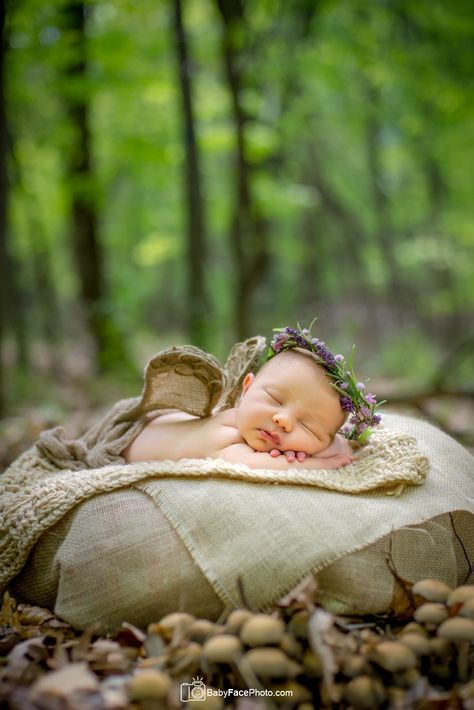
When going for a walk with a newborn for the first time, be sure to consider the time of year.
The first thing you need to know if you go for a walk: pay attention to the temperature and humidity of the air.
- For newborns in winter: ideal if the temperature does not fall below -5°C. If the weather turns bad and the thermometer shows -15 ° C, organize a trip to the balcony for the baby: open the door or window and pre-wrap your child in warm clothes. In fact, sub-zero temperatures are not a death sentence. In winter, there is less dust in the air, it is cleaner. So just take care of high-quality children's clothes, put on a child one more layer of clothing than an adult and walk in pleasure.
- For babies who were born in the summer, it is worth refraining from outdoor recreation during a hot lunchtime. If the air has warmed up to 30 ° C or even higher, then you should stay at home or plan to go outside in the early morning or evening. To protect the baby from too active sun, choose shady places.
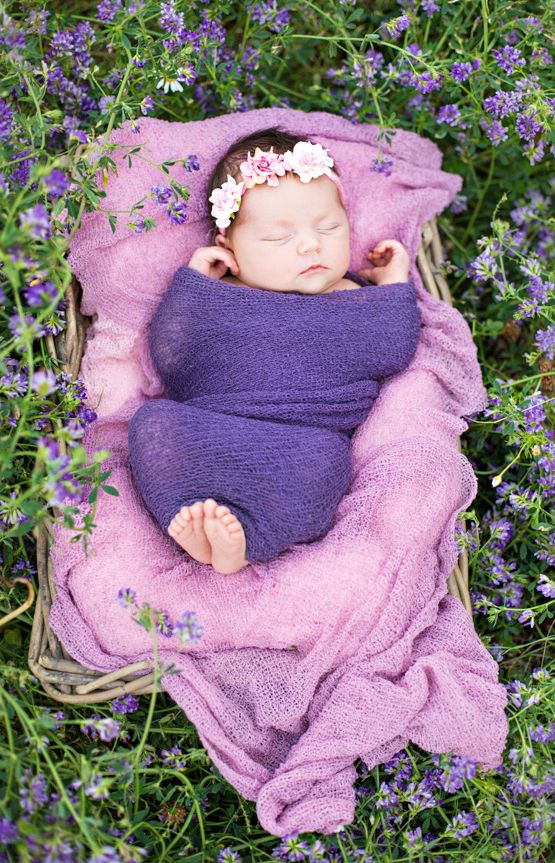
- Whenever you are going for a walk: in spring, autumn, summer or winter, a torrential downpour will not be a good companion for your child. Refuse to go out into the street if the humidity outside the window is over 80%.
To ensure that your newborn's walks in the first month are extremely beneficial, also pay attention not only to the weather, but also to the well-being of your baby.
How to dress your newborn for the first walk
Let's move on to other important points that affect the quality of your walk.
A question that constantly worries many mothers: “What is the optimal time for the first walk with a newborn?”
- For the first time, 15 minutes of exposure to fresh air will be enough. If the weather is whispering "don't go" and the child is doing well, you can slightly increase the amount of time you spend outside.
- With each trip to nature, you will gradually increase the duration of the walk by 10-15 minutes.
